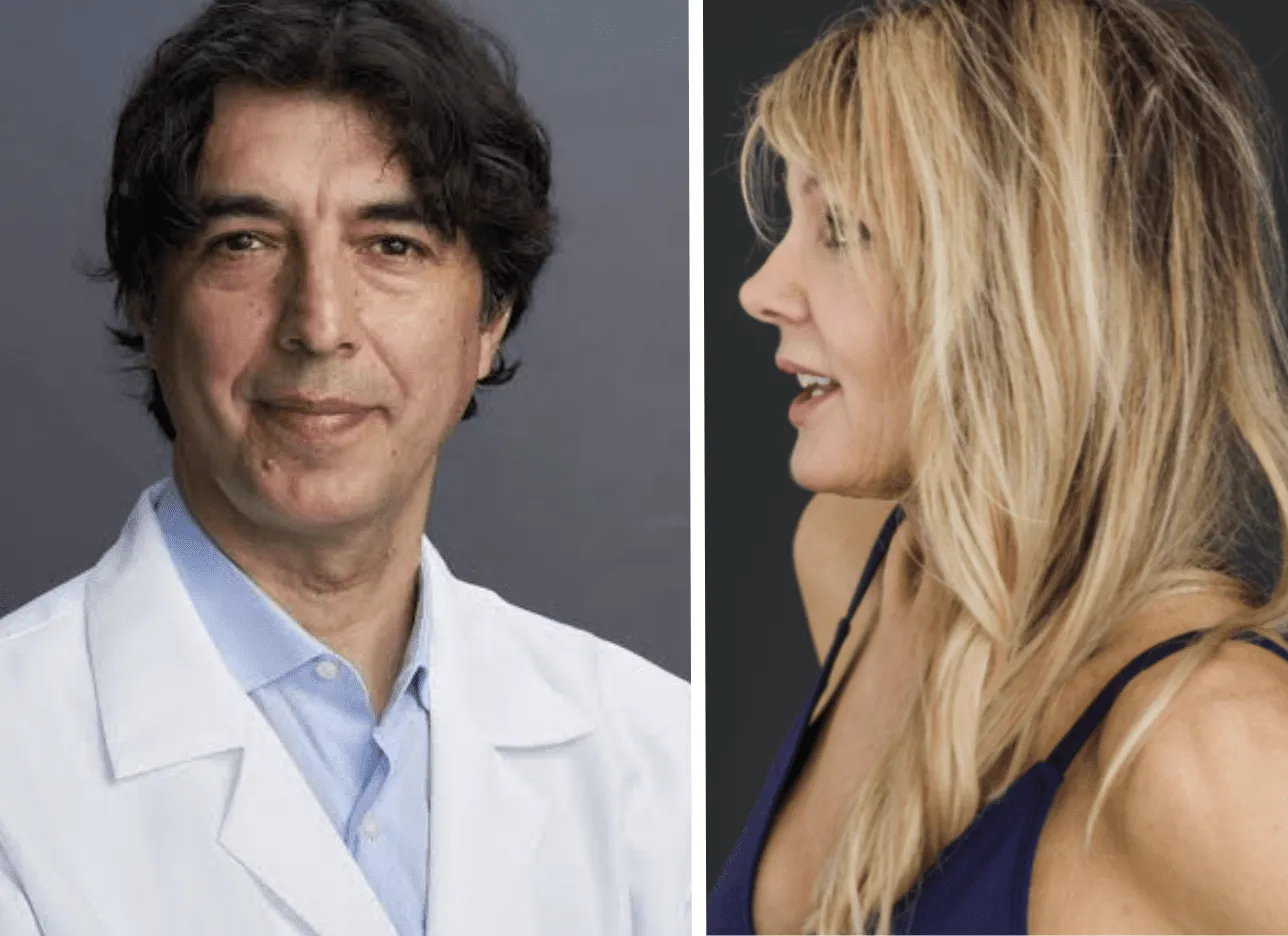With Fit Over 40, there’s no guesswork to your workout routine... you'll always know what's coming up!
For 14 days, you'll receive a workout every day....from cardio to strength training,...from walking to barre.... from pilates to yoga.
The Fit Over 40 program includes...
• Toning routines that focus on creating strong arms, firm buns, and a streamline waistline.
• Cardio routines that kick your natural fat-burning ability into full-gear.
• Indoor/outdoor walking audios to turn your walk into a workout.
• Daily motivation to help push you harder, and access to a private Facebook group for support along the way.

